Dog Anatomy
Paw Anatomy
A break down of the dog’s paw anatomy and their purpose.
Paw anatomy is an interesting subject as dog’s have been bred for a purpose. This purpose is reflected through the size and shape of their feet, and the size and shape of their legs which allow them to carry out the task they were bred for.
Skin Pigment
Healthy skin pigment in the paws vary from dog to dog, ranging in colour from pink to black. Paw pads are composed of epidermis – a tough outer skin, and fatty tissue – cushioning to prevent freezing in ice and snow. Pink pads are more sensitive than black pigmented skin. Always check your dogs paw pads for texture changes, they should feel leathery and smooth when healthy.
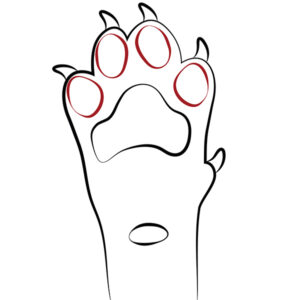
Digital Pads
There are 4 digital pads per paw; these pads regulate the amount of water lost from the body and defend from picking up viruses and bacteria from the ground.
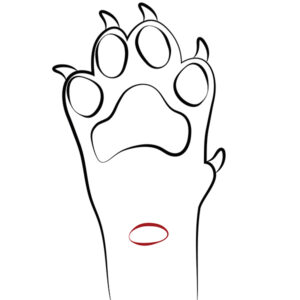
Carpal Pads
The carpal pad is situated higher up the leg and shaped like a gumdrop. These pads are not load-bearing, but act as a grip for when the dog stops abruptly.
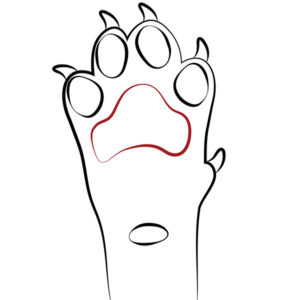
Metacarpal Pads
The central pad shaped like an obscure heart on the front paws. These pads are larger cushioned epidermis that absorbs the weight and impact from walking or running.
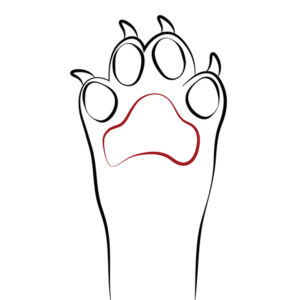
Metatarsal Pads
The central pad shaped like an obscure heart on the rear paws. These pads are larger cushioned epidermis that absorbs the weight and impact from walking or running.
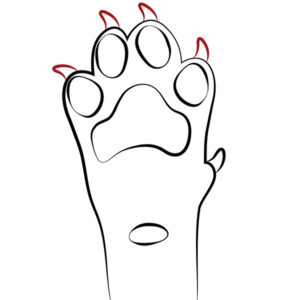
Claws
Claws are made from thick keratin and are shaped like a beak. Dogs have strong nails for grasping items, digging and traction. They are situated on each of their digits and contain their own blood supply to each nail within its quick.
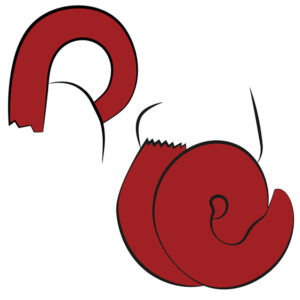
Overgrown Nails
Claws often grow in a circular manner, it is necessary to cut them to prevent the nail growing into your dog’s skin. Overgrown nails affect posture. Dewclaws need extra attention with regards to length as the location of the claw means it is not likely to be worn down naturally.
Dewclaws rarely, if at all, touch the ground. Some hard-working breeds that actively run at top speed still use this claw to prevent their leg from turning; which may prevent arthritis or sports-related injuries.
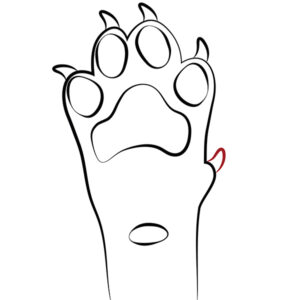
Dewclaws
Dewclaws are commonly found on the front legs of most breeds, some large / giant breeds have them on the front and rear legs as standard. The dewclaw is the nail situated higher up the leg, between the metacarpal and the carpal pads. It is part of a vestigial digit that is no longer used.
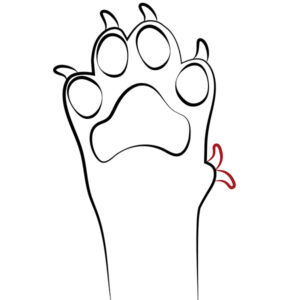
Double Dewclaws
Large and giant breeds can have a double dewclaw, where 2 separate claws grow from the same spot on the rear legs.
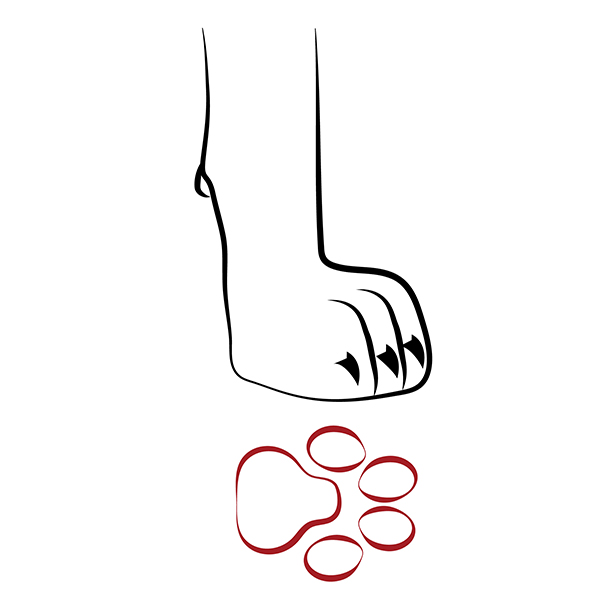
The Cat Foot
Dog breeds with strong, arched toes and a short third digit create a round cat-like paw print. The compact structure provides a firm base and support to grip slippery surfaces. Dogs with cat feet use less energy when stepping.
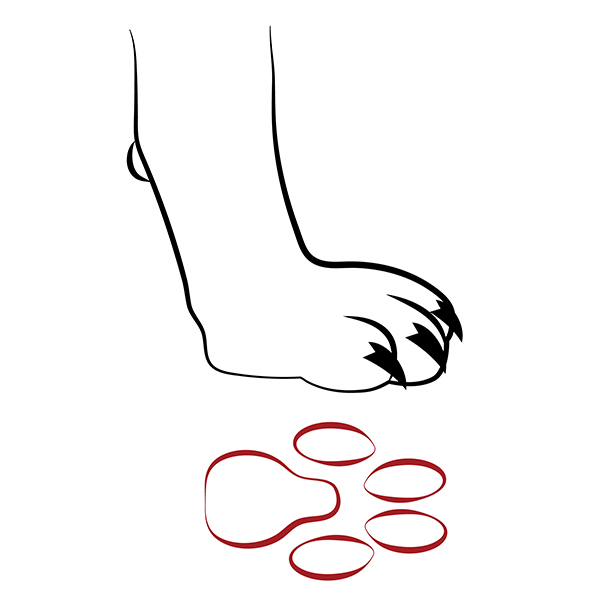
The Hare Foot
Dog breeds with large paws are usually from colder climates as the larger foot disperses the dog’s weight like a snowshoe. Their digits are longer than cat feet which enables them to move quicker, thus using more energy with each step.
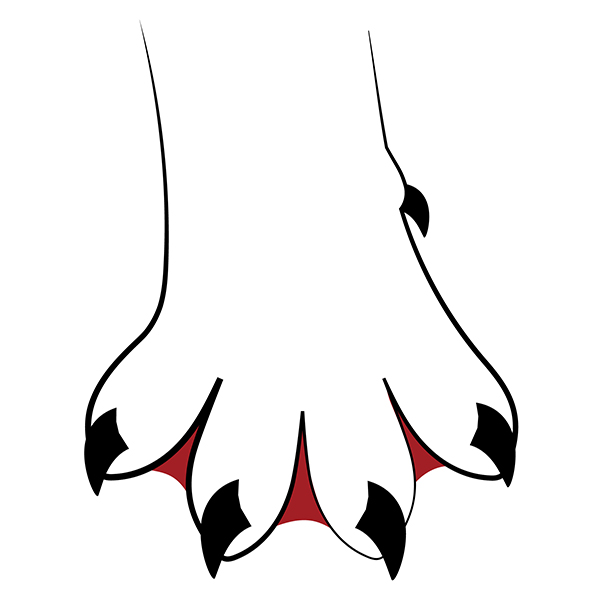
The Webbed Foot
Dogs with webbed feet are suited for swimming. The dogs’ feet spread open when it swims which gives the slight webbing between their digits a wider surface area to propel them through water easily.